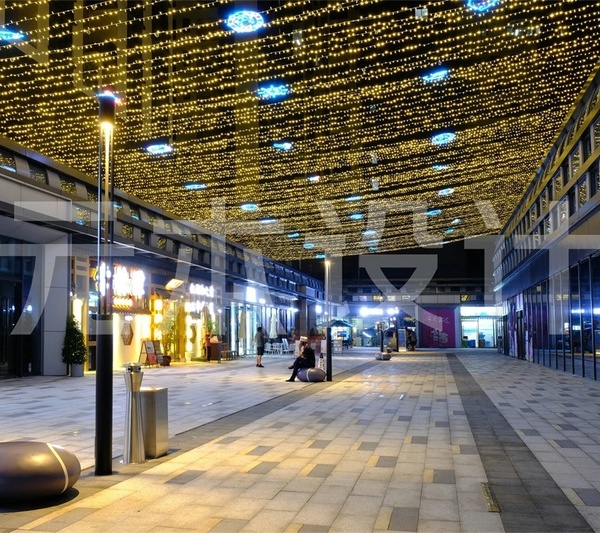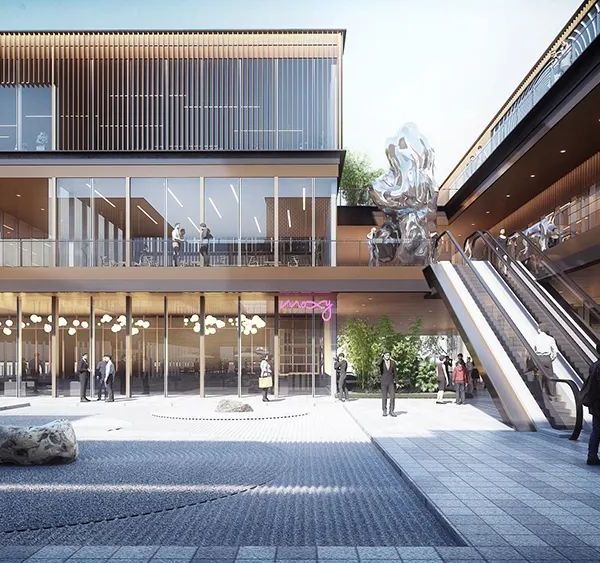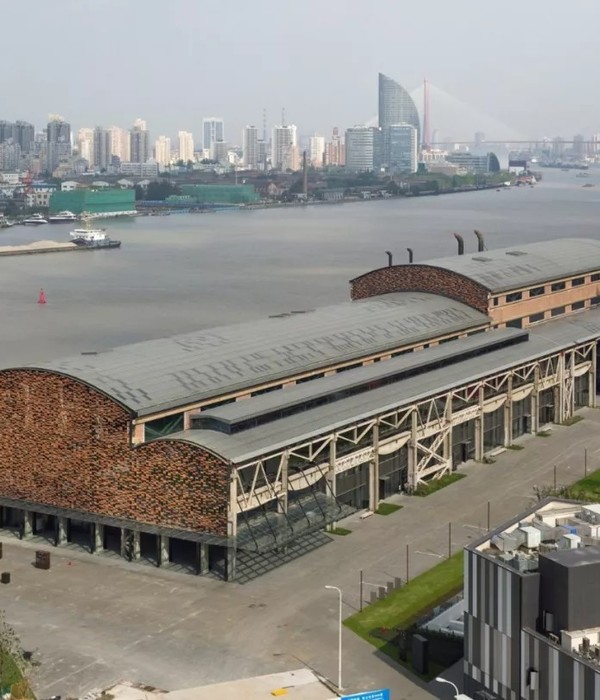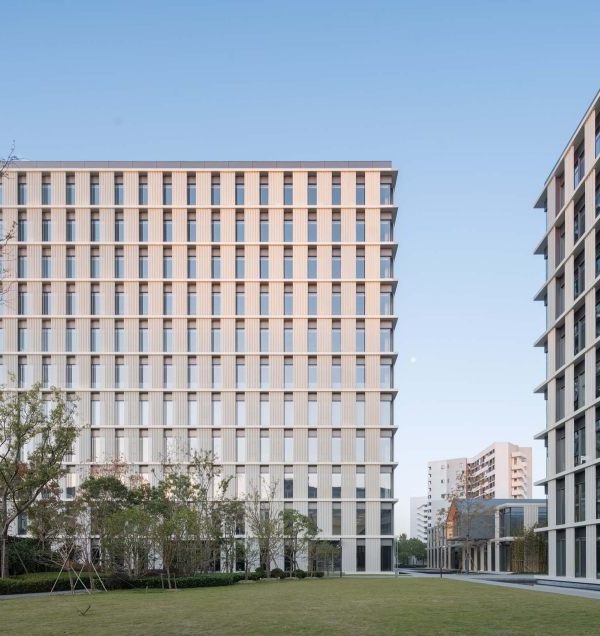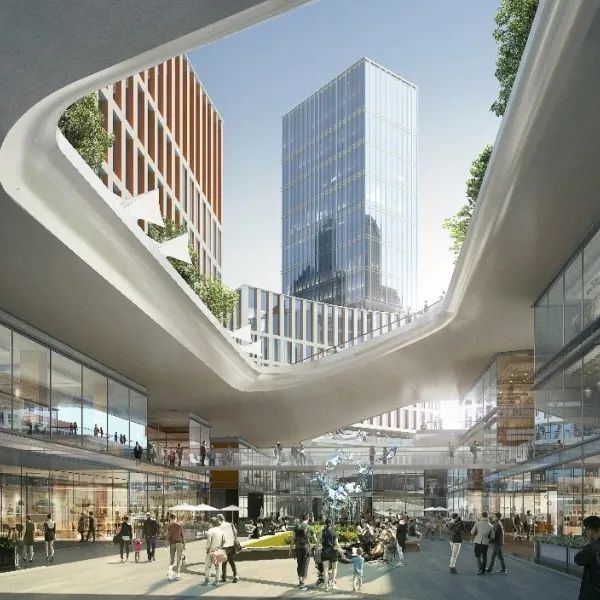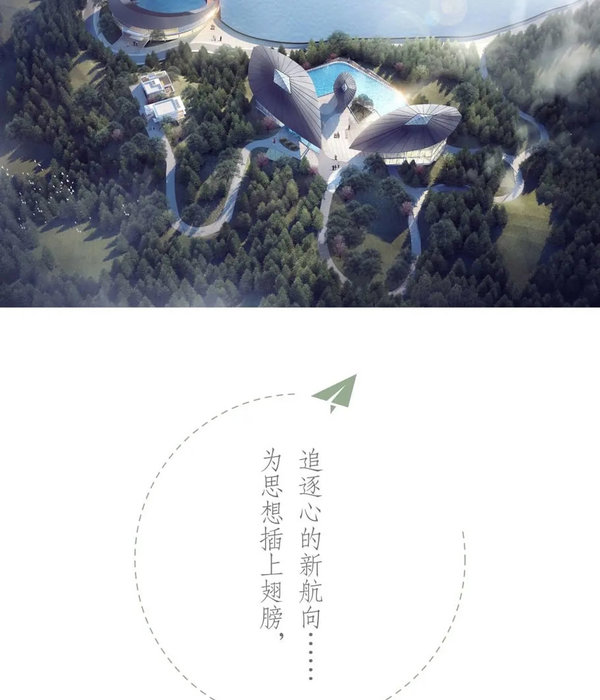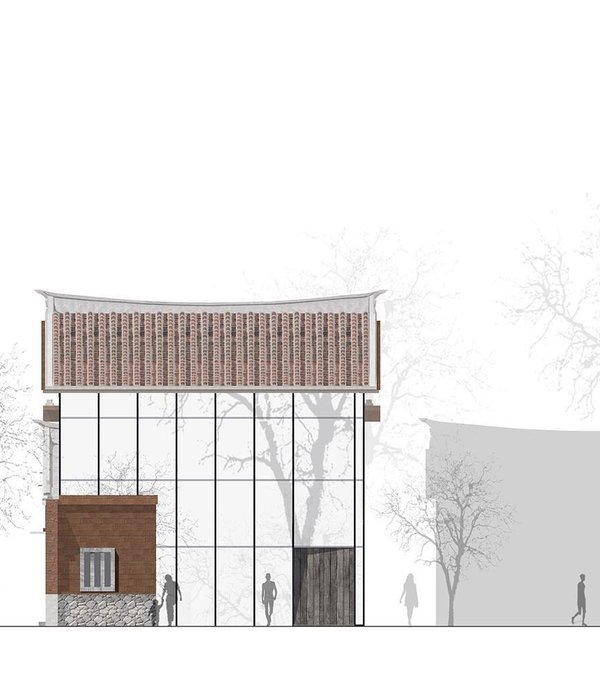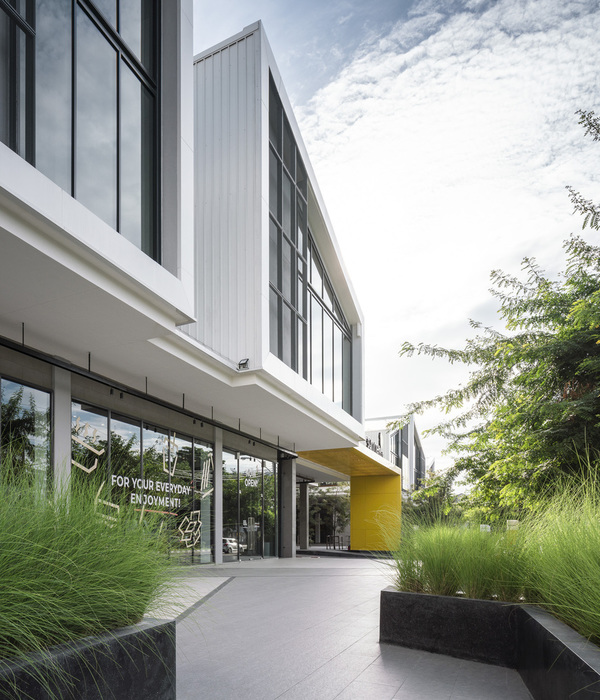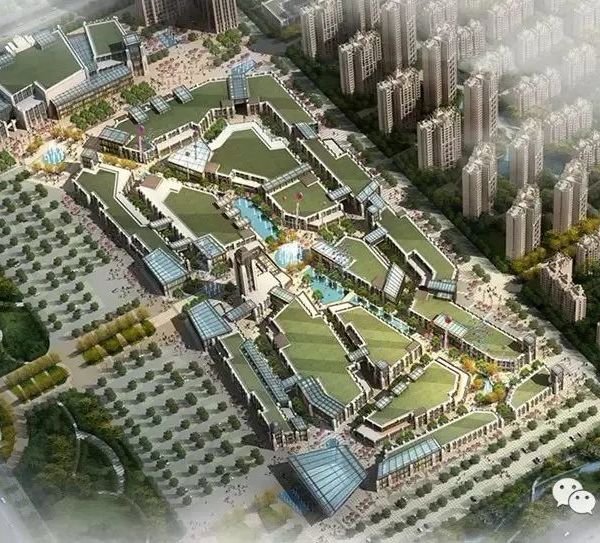Architects:DNA Studio
Area :46 m²
Year :2020
Photographs :Tomas Šimkus
Manufacturers : Ruukki, WienerbergerRuukki
Architecture And Site Plan : Antanas Dominas
Structure : Konstruktyvi idėja
Interior : Monika Mickutė
City : Anykščiai
Country : Lithuania
A compact volume café house is designed in a small site of Anykščiai (Lithuania) old town, which is protected cultural heritage. There was a wooden one storey house with an attic until it was demolished in the end of the last century and for some time the plot was empty. Nevertheless, the senior house became a reason for the new one.
The site is located next to a crossroad. The perimeter of the street is therefore being recreated while maintaining the front line of the houses uncut. The new café house fits well the location by its function as it is in a historically relevant area and right next to the town plaza where the flow of tourists is quite common. However, the main aim was to tie a new design with the current situation while respecting the scale, materials, and details of the surroundings. The cladding was chosen to match the characteristic recurrence of materials along the street: red bricks – wood – plaster/plaster – wood – red bricks. Redbrick was chosen to maintain this coincidental yet logical sequence of materials. At the same time, this choice responds to the neo-Gothic Church of Apostle Evangelist St. Matthew.
As time passed, some changes occurred (the boundary of the site was changed, street and sidewalk were formed, etc.). As a result, complete renovation of the previous occupation boundaries on the plot is hardly possible. The earlier demolished house was used as a seed for interpretation to simultaneously address the cultural heritage, client’s purpose, and infrastructure goals in the new design. Keeping adequate scale, height, and orientation of the building, also evaluating composition principles of the old town architecture and taking into account the details – it properly answers the heritage. Whereas the request for more natural light indoors and wider views are met by architectural manipulation that actually enriches the building. Long rows of windows on the upper floor are partly covered with open brick pattern panels which maintain a rhythm of the openings relevant to the surroundings. The part of the site located between adjacent houses is used for a modest and cozy outside terrace as construction is not permitted in this area due to regulations.
Steel constructions were used for the leading elements of the building – corner cantilever and open brick pattern panels. The cantilever marks the entrance and covers it, so there’s no need for additional shelter, also it points towards the church – the dominant element of the town’s landscape. The open brick pattern panels (fixed to reveal) also have several functions: first, they mask the excess of upper floor windows to match the old town environment; second, they partly shield the room from the hot summer sun in the evening at the same time creating an amusing moving pattern of shadows indoors that enriches the interior; third, when the indoor light flows through the bricks at night, it highlights the pattern and so no additional artificial exterior lighting is needed.
▼项目更多图片
{{item.text_origin}}

